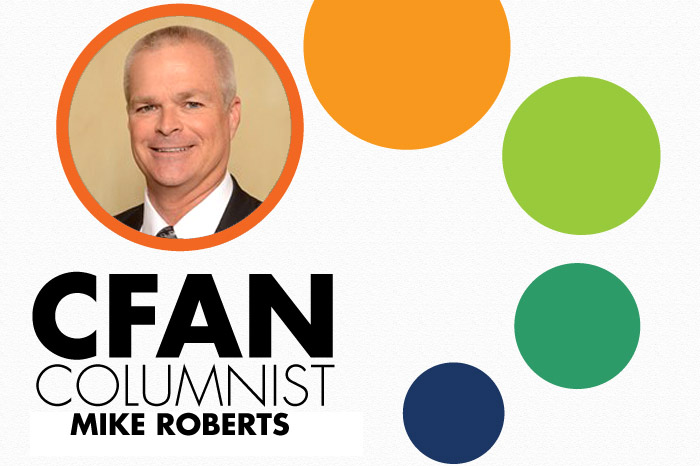If you’re a Florida citrus grower using treatments like gibberellic acid (GA), oxytetracycline injections, and/or intense nutrient management programs to improve the health and yields of your citrus trees, then consider using the Canopy Assist program. Developed by the University of Florida Institute of Food and Agricultural Sciences (UF/IFAS) Citrus Research and Education Center (CREC), Canopy Assist helps growers to gauge whether the treatments they are using are having a positive impact on citrus tree health and yields.
Details on the Canopy Assist Program
UF/IFAS CREC maintains that the program is based on the correlation between the density of a tree’s canopy and yields. Essentially, a citrus tree with a dense canopy is a healthy tree that also produces higher yields. The program uses technology to measure the tree’s canopy before, during, and after treatments to detect an increase in the canopy. This allows growers using the program to evaluate the changing health of their trees and determine if the treatments are worth their costs or not.
The program includes taking pictures on a smart phone with a selfie stick. The process includes:
- The grower takes four pictures of the tree’s canopy, one at each of the tree’s four corners with a camera phone on a selfie stick, from the ground looking up into the canopy.
- The grower uploads the pictures into the UF/IFAS Canopy Assist database.
- UF/IFAS CREC researchers analyze the canopy coverage and provide a report using special software that separates the canopy from the sky behind it and determines the percentage of canopy coverage of each photo. The percentage determines whether the tree is healthy or sick.
- Growers take the same photos during and after treatments to track if the percentage of canopy coverage is increasing or not.
The program essentially measures an increase (or lack thereof) in the canopy coverage percentages of the citrus trees as the treatments progress. UF/IFAS CREC maintain that growers must photograph at least five trees per block to extrapolate the data concerning treatment effectiveness for the entire grove, but recommend that “the more trees, the better.” Similarly, trees that are chosen should be chosen randomly or be those that “represent the block.” Lastly, those with the Canopy Assist program recommend April–May and October–November as the best times to analyze trees using the program.
You can learn more about the Canopy Assist program at crec.ifas.ufl.edu/extension/canopy-assist/.
BIO: Mike Roberts is the Vice President of the Frostproof, Fla.-based Griffin Fertilizer Co. Roberts joined the company in November 2011. He has spent the majority of his career in the fertilizer/agchem industry. Roberts earned a Bachelor of Science degree in citrus production from Florida Southern College in Lakeland. For more information, visit griffinfertilizer.com.
This column is sponsored by Griffin Fertilizer Co., and the opinions expressed herein may not reflect those of CFAN or of its advertisers.

